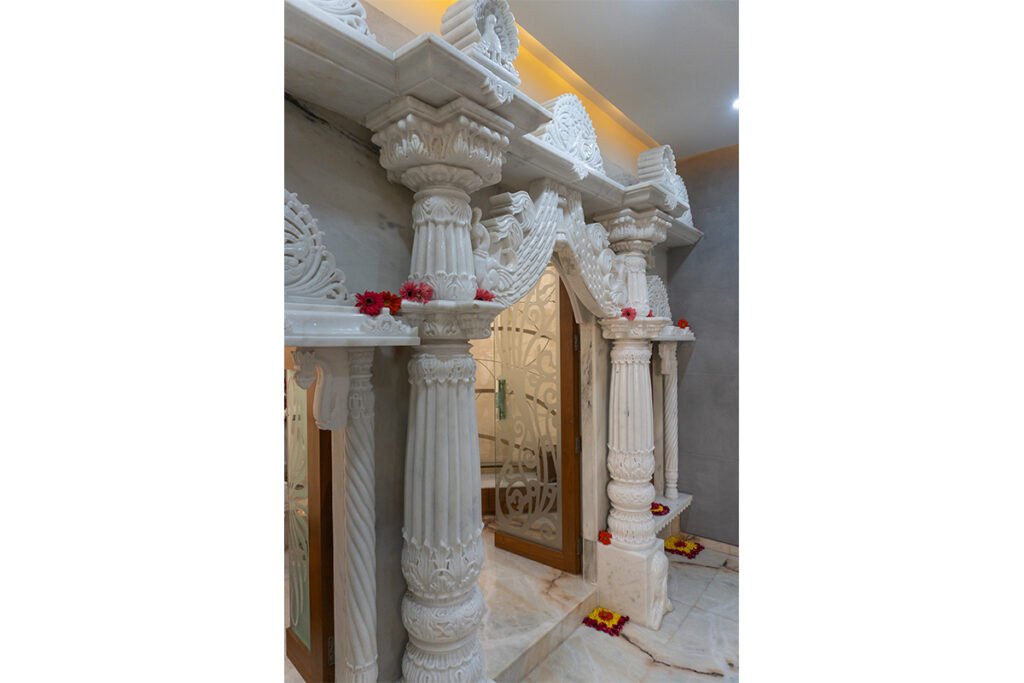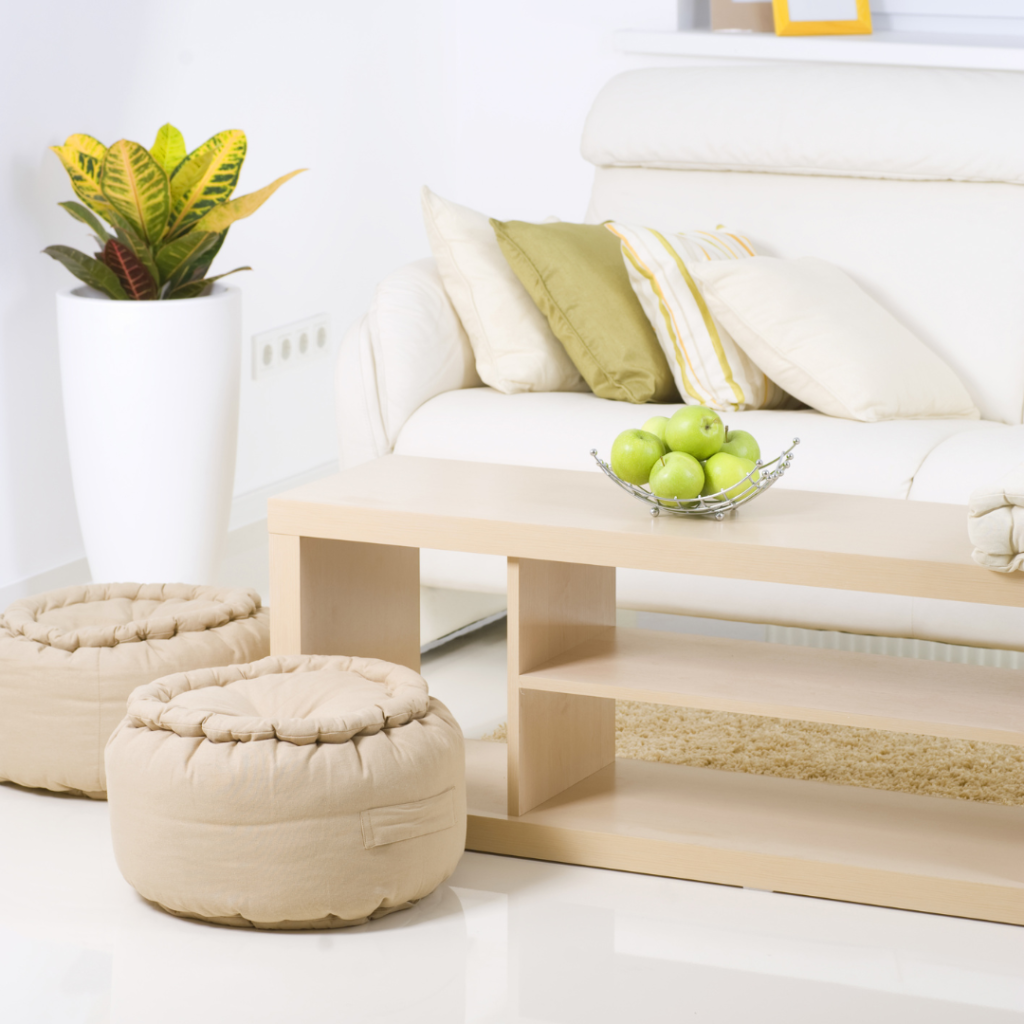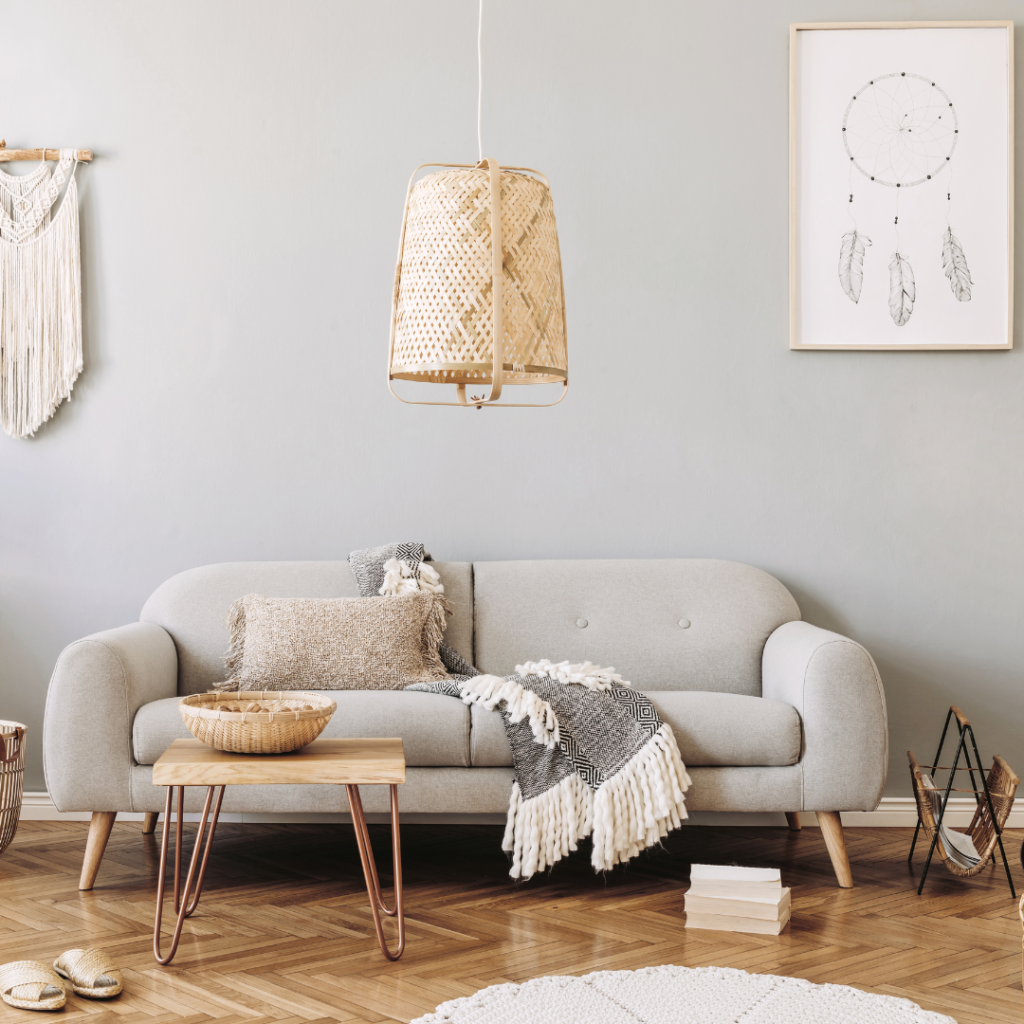
A home is a place where you can find peace and happiness. It’s the place where you can get back to your roots. A home is where you can find warmth, love, and support from your family members. No matter how small or big your home is, it should be a space that gives you immense pleasure. A house doesn’t just have to be a place to rest your head after an exhausting day at work. Rather, it should serve as your source of inspiration and motivation to achieve success in life.
In 2022, homeowners will have the opportunity to explore new possibilities for home designs that will enhance their user experience. People will also focus on eco-friendly homes that make use of renewable energy solutions. If you are looking to upgrade your home in 2022, then this list of the most popular home designs that are trending right now will certainly help you out.
1. Indian Traditional

Indian décor is a melting pot of many cultures, each contributing to the pan-Indian style. A variety of regional influences can be seen in Indian design and architecture, including solid wood furniture, ornate carvings and handicrafts.
Point of Origin
Royal palaces and temples in Rajasthan are prime examples of Indian architecture. The Taj Mahal’s minarets and carvings show the Mughal influence on architecture, and pillars and columns in South Indian temples demonstrate the temple-style influence on Hindu structures.
How to adapt this style to your home
- Sparingly use statement pieces and large accessories to create a sense of luxury.
- Use colour generously, but avoid using too many conflicting colours together. Create a neutral base with earthy tones, and use the more vibrant shades as highlights.
- Indians have a long tradition of using solid wood in their furniture, and the older the piece is, the more treasured it is. As a result, if you have inherited family pieces with beautiful carvings and inlays, don’t touch these up—let them be as they are.
- Home accessories from India are an excellent way to bring the exoticism of Indian culture into your home. As are sculptures and artwork, such as Bankura horses from West Bengal, Madhubani paintings from Bihar and paintings from Tanjore.
2. Minimalism

Minimalism is a broad concept, but at its core it’s a set of principles. The style has snowballed into a lifestyle centered around living with fewer things to reduce distractions and live more intentionally. Don’t confuse this intent with frugality; the objects in minimalist homes are highly valued, luxurious items that give off the aura of sophistication.
Point of Origin
Minimalism is a style that is heavily influenced by Japanese Zen, as well as Buddhism. Minimalist art began growing popular in the West after World War II. In fact, people began noticing the visually appealing aspects of minimalist design themselves and it eventually manifested into an American art movement in the 1960s where it represented a renewed focus on simplistic trends in music, art and eventually home design.
How to adapt this style to your home
- Apply the 90-day rule to your belongings: if you haven’t used an item in the last 90 days and don’t intend to use it for the next 90, then it may be time to part ways with it. Books, heirlooms, and mementos are exempt!
- Make use of open layouts. This will make the space look larger than it is.
- We often mistake monochrome for black and white. In fact, it is the use of a gradation of the same colour in your decor, which is common in minimalist designs.
- Indian homes typically have large storage areas. If you want a clutter-free home, we recommend using cleverly concealed storage options such as a bedside unit storage.
- For a luxury look, incorporate wood and natural fabrics like linen and khadi.
3. Bohemian

The bohemian style is the embodiment of freedom and a carefree attitude. It can be defined as an eclectic look that involves using whatever is available to create an individualistic space. The result is an interior that is full of surprises for the viewer and makes a strong statement about its owner’s personality.
Point of Origin
The bohemian style derives its name from Bohemia, an erstwhile country that coincides with the modern-day Czech Republic. The name was derived from the large population of Romani Gypsies who lived there. Hence, bohemian jewelry has its roots in gypsy culture. Think beaded accessories, dream catchers, and mystical candles!
How to adapt this style to your home
- Bohemian decor is a very personal style. It’s best to use items that have some sentimental value as decor accessories.
- Fill your home with treasures from all over the country—Tanjore paintings from Tamil Nadu, papier-mâché from Kashmir and tribal masks and tapestries from Assam.
- Include a vast collection of fabrics from all over India, from block prints (Rajasthan) to leheriya (Rajasthan), patola (Gujarat), Kanchivaram….the list goes on.
- Low seating is an interesting concept. Boho-style interiors feature low seating, so if you want to imitate that aesthetic, you should style your living room similarly.
- Indians are culturally inclined to preserve and reuse objects that might otherwise be discarded, which makes refurbished furniture a popular choice. Layer your new home with heirloom pieces.
U & I Interiors brings a luxury design experience to your home. Contact us today to transform your living space into a masterpiece!